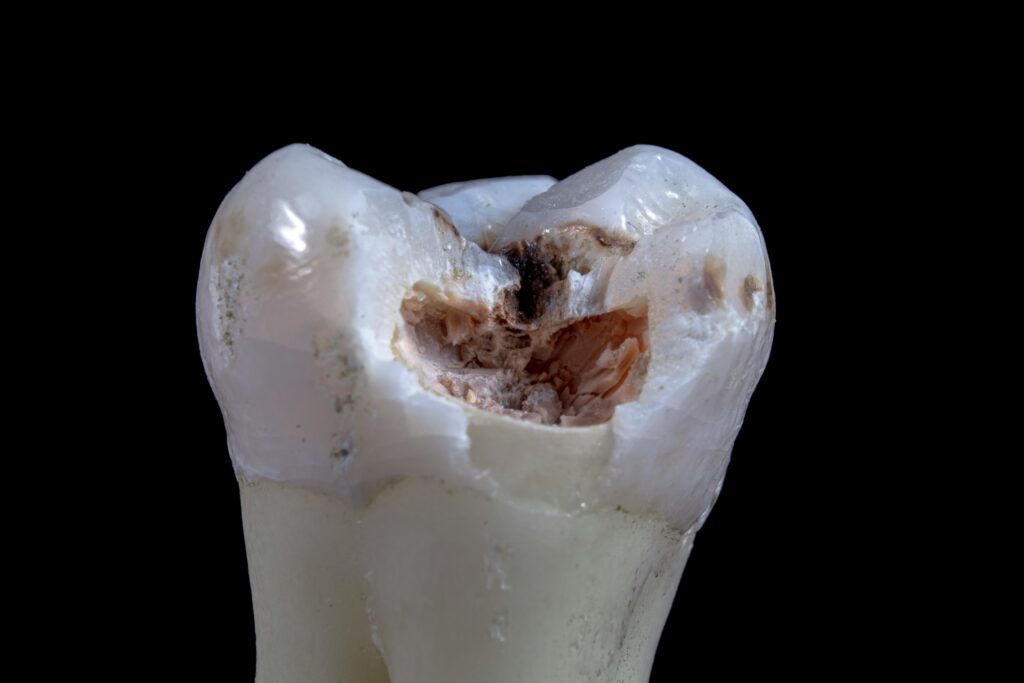Bone grafting has become a cornerstone of modern dental treatments—especially in implantology, periodontics, and oral surgery. Whether you’re preparing a ridge for an implant or restoring bone lost to periodontal disease, selecting the right bone graft material is critical to clinical success.
This guide will help you choose the ideal graft type bases on the procedure, patient profile and desired outcomes—all from a dental-specific perspective.
Why Bone Grafting Is So Crucial in Dentistry
To place a stable implant, maintain socket volume, or correct bone defects, you need adequate alveolar bone structure. However, due to trauma, infection, or resorption post-extraction, many patient present with compromised bone. That’s where bone grafting becomes essential.
From socket preservation to sinus lifts, the right graft can make or break the long-term outcome of your restorative work.
Types of Dental Bone Graft Materials
- Autografts (Patient’s Own Bone)
– This is bone taken from the patient’s own body, usually from the jaw. It works really well because it contains living cells, but it does require a second surgery to collect the bone. - Allografts (Donor Human Bone)
– This bone comes from human donors (not the patient). It’s processed to be safe and is often used because it’s convenient, effective, and it doesn’t need a second surgical site. - Xenograft (Bovine or Porcine Bone)
– This is bone that comes from animals usually cows or pigs. It acts like a scaffold for the body to build a new bone around. It stays in place longer, which is good for certain treatments. - Alloplasts (Synthetic Grafts)
– These are fully synthetic grafts made in a lab. They’re safe, customizable, and don’t come from a human or animal, but they usually work best when combined with other materials to help the body heal.
Choosing the Right Graft for the Right Procedure
Here’s how dentists usually decide what graft to use, depending on the situation:
– To keep a bone after a tooth is pulled (socket preservation): Many dentists use allografts or xenografts. These materials help keep the shape of the bone while the site heals.
– To build up thin or sunken bone before placing an implant (ridge augmentation): Stronger materials like autografts or a mix of allograft and xenograft are often used to give solid support.
– For sinus lifts (adding bone below the sinuses for upper implants): Xenografts are common here because they stay in place longer and keep the shape needed for new bone to grow
– To fix small gaps around an implant: Allografts or synthetic materials (alloplasts) are a good choice to fill in the space and support healing
– For gum disease treatments with bone loss: Demineralized allografts are often used with membrane to help rebuild the bone and the attachment to the tooth
Pro Tips for Dentists
- Always match resorption rate to healing time—faster healing for socket grafts, slower for sinus lifts.
- Use Resorbable or non-resorbable membranes when doing GBR to guide osteogensis.
- Consider biologic enhancements like PRF, BMP-2, or EMD (enamel matrix derivatives) to boost outcomes.
- For esthetic zones, choose grafts with predictable remodeling to avoid ridge collapse.
Takeaway: Be Strategic With Your Graft Choice
There’s no “one perfect graft”—just the right material for the right case. By understanding each material’s properties and matching them to the patient’s anatomy and the demands of the procedure, you’ll maximize your chances of success and minimize complications.
A modern dental practice thrives on evidence-based decisions — and selecting the proper bone graft is one the most impactful decisions you’ll make in surgical dentistry.

